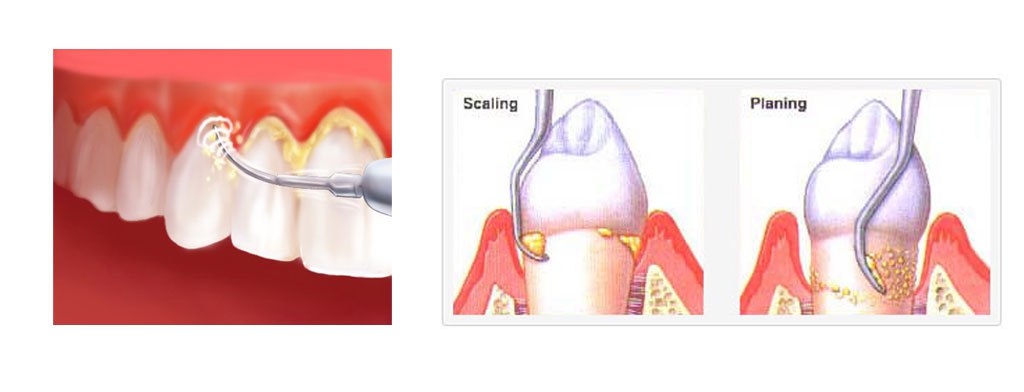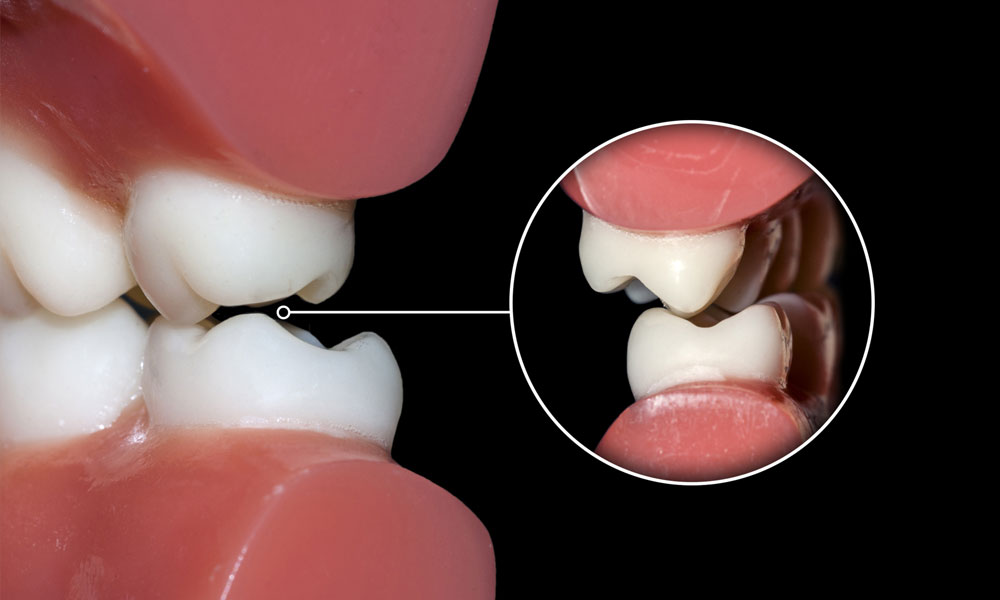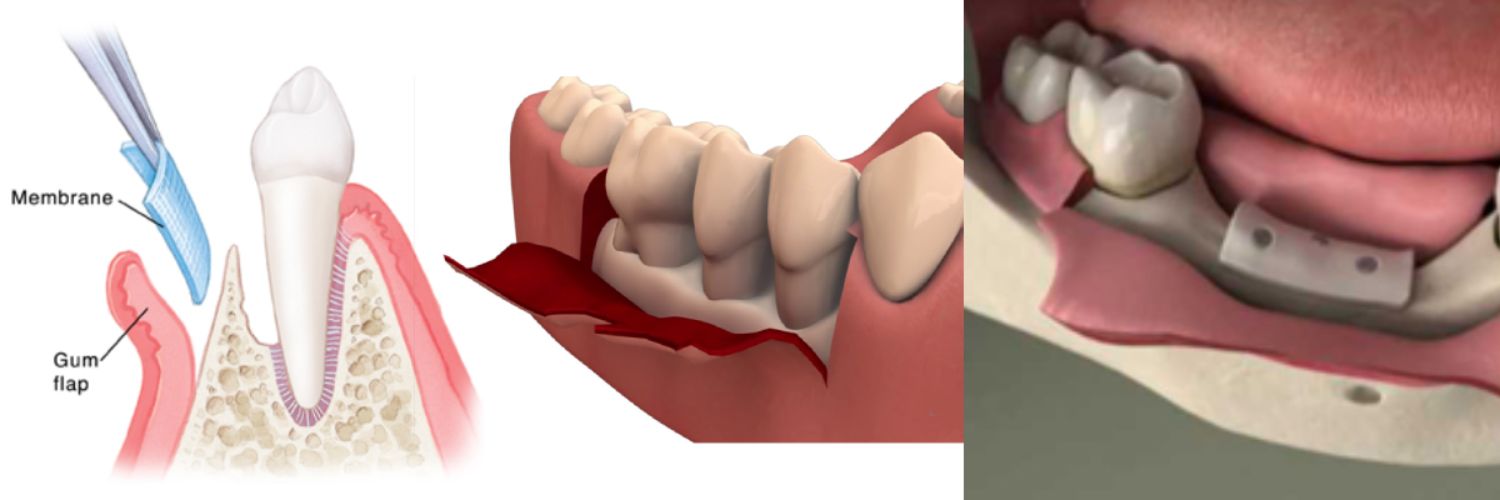Among many dental ailments, gum disease causes significant pain, discomfort, and damage to one’s oral health. Gum diseases come with inflammation, bleeding, damage to gum tissues, foul breath, and teeth loss. Moreover, the infection can spread to the gums and teeth surrounding the infected area if not treated immediately. Hence, it’s essential to consult with a dentist and receive treatment as required.
Dentists at Smiles on Queen and other reputable dental clinics offer a variety of treatments for gum diseases. For example, some may recommend using oral or injected medication. Dentists may also prescribe surgery to allow regrowth and restoration in severe cases. Apart from these, your dentist will also provide you with steps that you can perform at home to protect your gums from infection or alleviate pain and swelling that comes with diseases.
If you’d like to know more about how dentists treat gum diseases, continue reading this article.
Non-Surgical Gum Disease Treatments
Many gum diseases can be treated without surgery, especially if the infection is detected early on. Commonly, non-surgical gum treatment programs cover therapy and reassessment. For therapies, the dentist will determine the extent of the condition, deep cleaning the gum line and smoothening the tooth’s root surface.
Moreover, your dentist will also recommend a dental care routine you’ll follow at home, which will help stop the disease from worsening. Then, a reassessment session will be scheduled a few weeks after the therapy to check whether the gum has responded to treatment and see whether there should be changes done to your oral care measures to ensure gum health for the long term.
Here are some non-surgical gum disease treatments your dentist might recommend:
Scaling

Deep cleaning the gum line is also called scaling, and it involves removing plaque and tartar to allow the tooth to reattach to the gum unobstructed.
Root Planing
With root planing, your dentist will smoothen the root surfaces to allow tissues in your gums to reattach to the tooth surface. Moreover, a smoother root surface can prevent plaque accumulation and discourage bacterial growth.
Antibiotics
Antibiotics can help your body eliminate harmful bacteria on your teeth and the gum line. Thus, dentists often recommend patients take them orally or apply an antibiotic powder directly onto the gum pockets. Your dentist may also recommend an oral antibacterial rinse to help prevent bacterial growth.
Occlusal Adjustment

The occlusal adjustment refers to adjusting your bite to allow your teeth to function adequately and remove unnecessary stress on your jaws. This treatment is known to help prevent damage to the teeth caused by constant impact and can also help minimize the risk of gum recession.
Dental Cleaning
Dental cleaning isn’t considered to be an effective treatment for an existing gum ailment, although it’s a preventive measure that helps patients avoid infections. Cleaning involves removing tartar and plaque, which contributes to the development of gum diseases. Moreover, your dentist might recommend you to have dental cleanings more frequently if they notice some signs of developing gum problems.
Surgical Treatments For Gum Disease
Some patients require surgical treatment, primarily if the gum disease has spread and infected other areas in the mouth. Additionally, surgeries may be necessary to allow regrowth or regeneration of bone and tissues, providing more support for the teeth.
Here are some examples of surgical treatments for severe gum diseases:
Flap Surgery
Periodontists or oral surgeons commonly do flap surgeries to clean the root of the teeth and repair bone damage caused by gum diseases. This procedure helps decrease the amount of space between the tooth and surrounding gum tissues. In effect, there’ll be less space for bacteria to grow, which minimizes the risk of further gum infection in the long term.
Guided Tissue Regeneration
The guided tissue regeneration (GTR) procedure aims to foster gum tissue and bone regrowth to provide more robust support for the teeth. With GTR, the dentist uses artificial membranes to prevent tissues from growing in areas where the bone is encouraged to regenerate, giving the teeth a more robust structure.
Bone Surgery
The dentist may conduct bone surgery if the patient has suffered from bone loss around the infected area. Bone surgery aims to reshape the bone around the tooth to discourage bacterial growth and improve mouth health in the long term.
Conclusion
Many people can’t detect the onset of gum diseases by mere observation. For this reason, the condition has already worsened by the time medical intervention is sought. To avoid this scenario, having regular dental checkups and following your dentist’s instructions regarding oral care at home is essential. Doing so will help you maintain dental hygiene, prevent plaque buildups and cavities, and avoid developing severe oral diseases. If you don’t have a dentist yet, you can check out this dentist in Pasadena CA.

John Davis is a passionate content writer with a knack for crafting engaging narratives across various subjects. With a keen eye for detail and a love for storytelling, John brings ideas to life through the power of words. His dedication to delivering high-quality and informative content has made him a trusted voice in the digital realm. When he’s not at his desk, you’ll find John exploring new hobbies and seeking inspiration in the world around him.










Loading…